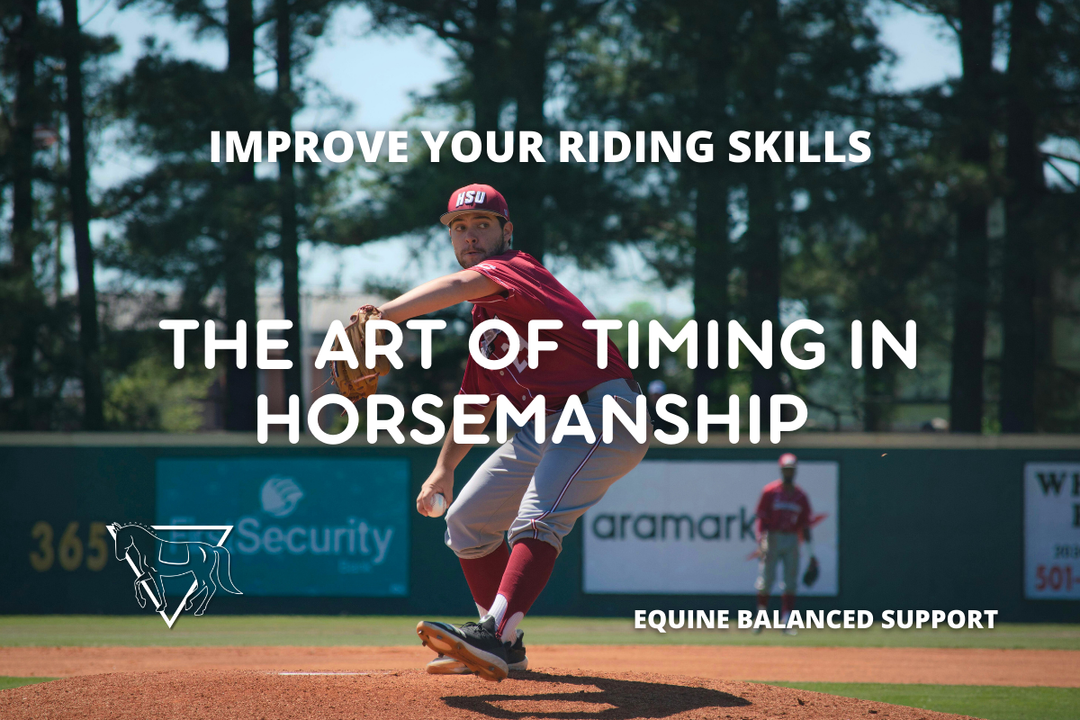Everyday Ethology: Why Are So Many Domesticated Horses Lame?

Everyday Ethology: Why Are So Many Domesticated Horses Lame?
By Désirée Braganza, EdD, EBQ
This week’s question comes from Alana Somerset, a Veterinary Physiotherapy student based in London, UK. Alana writes:
“I’m really fascinated with free-living horses and how their locomotion and conformation may differ from our domesticated horses. We are always taught how horses should be, but what is actually best for them given the circumstances?”
Lameness in domestic horses is alarmingly common, raising the question: could our choices—where horses live, how they move, and even how we breed them—be setting them up for failure? Alana’s thought-provoking question sparked such a rich conversation we had to share it with you. We hope these ideas resonate, pique further discussion, and invite new perspectives as we revisit this topic in the future.
Free-Living vs. Domesticated Equines
The term free-living equines refers to horse populations who have adapted over thousands of years to thrive in diverse environments around the globe. Evolution is a slow and meticulous process, with species shaping themselves to live their best lives in specific surroundings.
Consider Icelandic horses. These sturdy equines are built for subarctic conditions, with bodies designed to endure harsh winters and terrain. Their unique gaits allow them to move efficiently across rugged landscapes while minimizing risks, like tripping and causing injury within the herd. In contrast, domesticated horses often find themselves in environments that don’t align with their genetic adaptations, which can have significant consequences for their movement and overall health.
The Influence of Selective Breeding
Over centuries, human priorities have dictated how horses are bred—focusing on sport, work, appearance, or temperament. Unfortunately, these priorities often overlook a horse’s ability to thrive in specific environments.
For instance, an Arabian horse is perfectly adapted for the arid desert, with a fine frame and quick, efficient movement designed for sandy terrain. Contrast that with a Thoroughbred, a close genetic relative bred for speed but often expected to thrive in climates and terrains they are less suited for, like cold, rainy, and hilly regions of England. Thoroughbreds, with their long, fine legs and short coats, face challenges that their wild or free-living ancestors never encountered.
When horses are placed in unfamiliar settings or expected to perform beyond their genetic comfort zone, their movement can falter. It’s like asking a ballet dancer to join a modern dance company without preparation—natural proprioception (awareness of body position) and confidence in movement are disrupted. Add an uneven surface or incompatible environment, and the risk of physical stressors and injury skyrockets.
The Role of Modern Horsekeeping
In domestic environments, additional factors exacerbate these issues. Confinement, limited turnout, and unnatural surfaces all impact biomechanics. Practices like hoof trimming and shoeing, often driven by aesthetic or performance goals, can further alter how horses move and bear weight. Over time, these challenges erode a horse’s natural resilience, leaving them more prone to lameness.
A Mirror for Us All
We’re often warned against anthropomorphizing horses, but drawing parallels to our own lives can sometimes shed light on their challenges. Just as many of us live in climates or conditions that don’t suit our physiology, domesticated horses grapple with environments that clash with their evolutionary design.
So, what can we learn from free-living equines to help domestic horses thrive? How can we better align their care with the needs shaped by their breed, conformation, and evolutionary history?
We’d Love to Hear from You
How about your horse? Have you noticed how their breed, environment, or movement patterns affect their health? Have you adapted their care to better suit their natural needs? Share your stories with us, and let’s continue exploring how we can help horses lead healthier, more harmonious lives in the modern world.
Further Reading and Resources
For more resources, check out the work of Catherine Bradley and the many freely available research studies on equine behavior and welfare.






Leave a comment